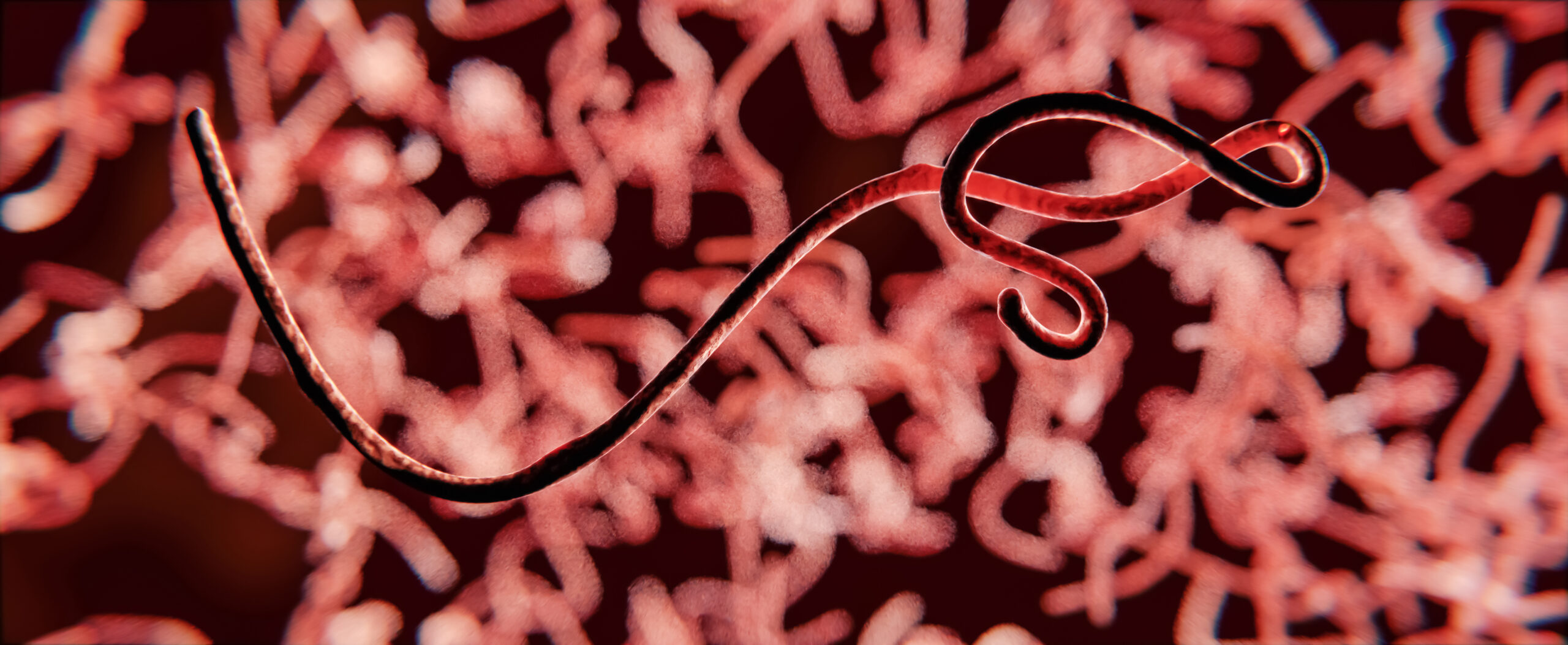Toxoplasmosis, a parasitic disease, is a leading cause of foodborne-related deaths in the United States. While there are effective vaccines for many common viral and bacterial infections, treatments for common parasites still remain elusive. However, a new method is being proposed to improve the genetic engineering process used to sterilize the parasites Toxoplasma gondii (which causes toxoplasmosis) and Besnoitia besnoiti. These parasites are found in a third of humans and the majority of cattle and livestock. The parasite can be transmitted to humans by eating undercooked meat. While normally harmless, the parasite may prove fatal to people with a weakened immune system as the parasite can damage brain tissue. Livestock, such as cows, are typically resistant to the parasite as well, but they may be prone to birth complications and defects.
The new process improves the CRISPR/CAS-9 technique to alter the DNA of these parasites. Through the CRISPR/CAS-9 technique, scientists first identify a gene within the parasitic DNA that they want to modify, create a guide DNA molecule in the lab that will attach to the target gene, and attach this guide DNA to a protein called Cas-9 that is then inserted into the cell. The Cas-9 molecule attaches to the gene inside the parasite cell and makes a cut, which allows scientists to add or remove genetic material from the parasite DNA. These complete CRISPR/CAS-9 complexes are also commonly referred to as “gene-editing scissors.”
Embed from Getty Images
A depiction of the CRISPR technique that can be used to modify the DNA.
Image Source: DrAfter123
However, complications may arise with this process. The Cas-9 protein is inserted into cells using plasmids (pieces of small circular DNA commonly found in bacteria) that contain the genetic code to produce Cas-9. The problem is that after creating the scissors, the plasmids still remain in the parasite’s cells for a while before they break down. This can lead to unexpected additional changes in genetic material of the target cell that negatively impact the original goal of sterilizing the parasite. To combat this, scientists have proposed a different method in which they create the scissors first before inserting them into the cell. These scissors have a shorter shelf-life than the ones created by the plasmids, so they break down completely after altering the DNA, limiting the number of unwanted alterations.
By adopting this new genetic modification method, scientists can save time and money; the current method with plasmids can take over a week to perform while this proposed method would take about four days. It would quickly and effectively treat patients suffering from diseases such as toxoplasmosis. In addition, if this new process is adapted appropriately, it may allow them to create better and effective vaccines for not just these parasites, but hopefully other diseases as well.
Featured Image Source: skd










